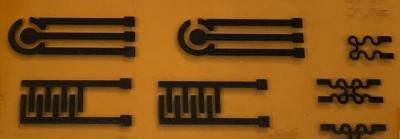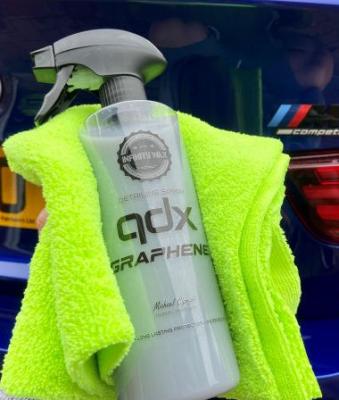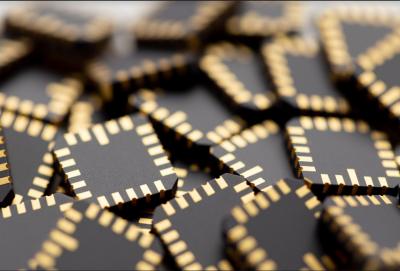Royal Canadian Navy partners with ZEN Graphene and Evercloak to test graphene oxide dehumidification membrane technology
ZEN Graphene Solutions recently announced that the Naval Material Technology Management (NMTM) section of the Royal Canadian Navy (RCN) has partnered with ZEN and Evercloak as a testing organization, and has agreed to provide in-kind donations of test services from the Naval Engineering Test Establishment (NETE).
The tests will compare the efficiency of an HVAC unit produced with the Evercloak dehumidification membrane technology to the incumbent HVAC system that is currently in use on the RCN’s Halifax-class frigates.





